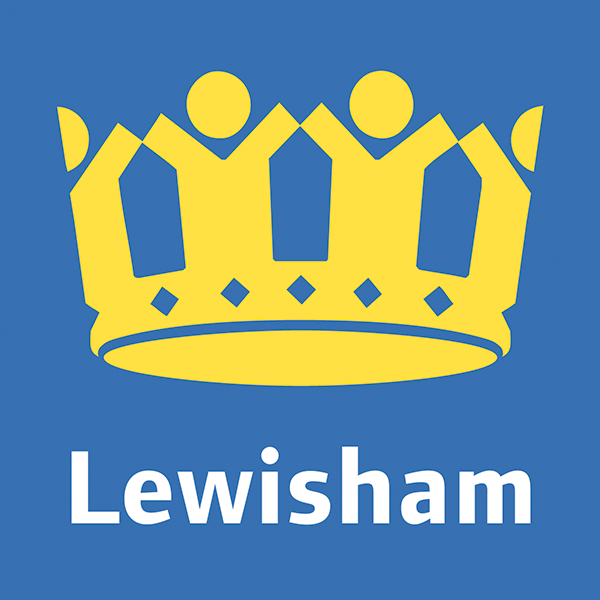Butterfly Conservation project
In conjunction with Big City Butterflies, Butterfly Conservation’s Heritage Lottery funded project running across London, we are working to improve the biodiversity of the meadow on Crab Hill.
The butterfly project on Crab Hill
We are experimenting to see which method of reducing the dominance of broad-leafed grass works best. An area of Crab Hill has been turned over and seeded with meadow mix. Next to this, three 40 metre long strips have been turf stripped then seeded with wildflower mix and meadow mix. The meadow mix is a 20% mixture of annual and perennial native wildflowers, including Birds-foot Trefoil, the caterpillar foodplant of Common Blue butterfly, and nectar sources such as Common Knapweed. The rest of the meadow mix (80%) comprises fine grasses including red fescue and common bent, caterpillar food-plants of meadow brown and marbled white butterflies.
The project has been possible due to the help of volunteers throughout. Various volunteers have undertaken a wide range of tasks including surveying the existing vegetation on Crab Hill to find out which species were present; measuring out the area to be turned over and sown; sowing the seeds (on a really windy day, which was challenging!); putting fencing up around the seeded area; and making scarecrows to keep the birds from eating the seeds! We look forward to seeing meadow flowers in bloom on Crab Hill in 2022.
Moth surveys
A local butterfly and moth enthusiast has begun carrying out monthly moth surveys in the park. This involves setting up a light trap in the park after dark and braving the cold dark evenings, so we are very grateful to Pedro for volunteering to do this!
So far, the moth species that have been found and identified include: Oak Rustic, Horse Chestnut Leaf Miner Moth, November moth, December Moth, Red-green Carpet, mottled Umber, Feathered Thorn, the Brick, Lesser Yellow Underwing, Merveille du Jour, White Shouldered house moth, Diamond-back Moth, Winter moth.
Eggs
In the Spring and Summer, we look forward to doing some butterfly surveys too. In the meantime, Pedro has been busy looking for butterfly and moth eggs, many of which are laid on trees and overwinter there before the caterpillar hatches when the weather gets warmer.
Excitingly, Pedro has discovered some Brown Hairstreak Butterfly eggs on Blackthorn in the park. This species is a high priority species for conservation as its numbers are in decline nationally. Brown Hairstreak butterflies are is slowly colonising new sites in London, spreading from Surrey/Sussex, and we are thrilled to have it in the park. We look forward to seeing the butterflies in flight in August/September (with any luck!).
Photo: the thumbnail picture of this post is of a photo taken by Pedro Pires, of the Brown Hairstreak Butterfly eggs on Blackthorn in the park mentioned in the article.
